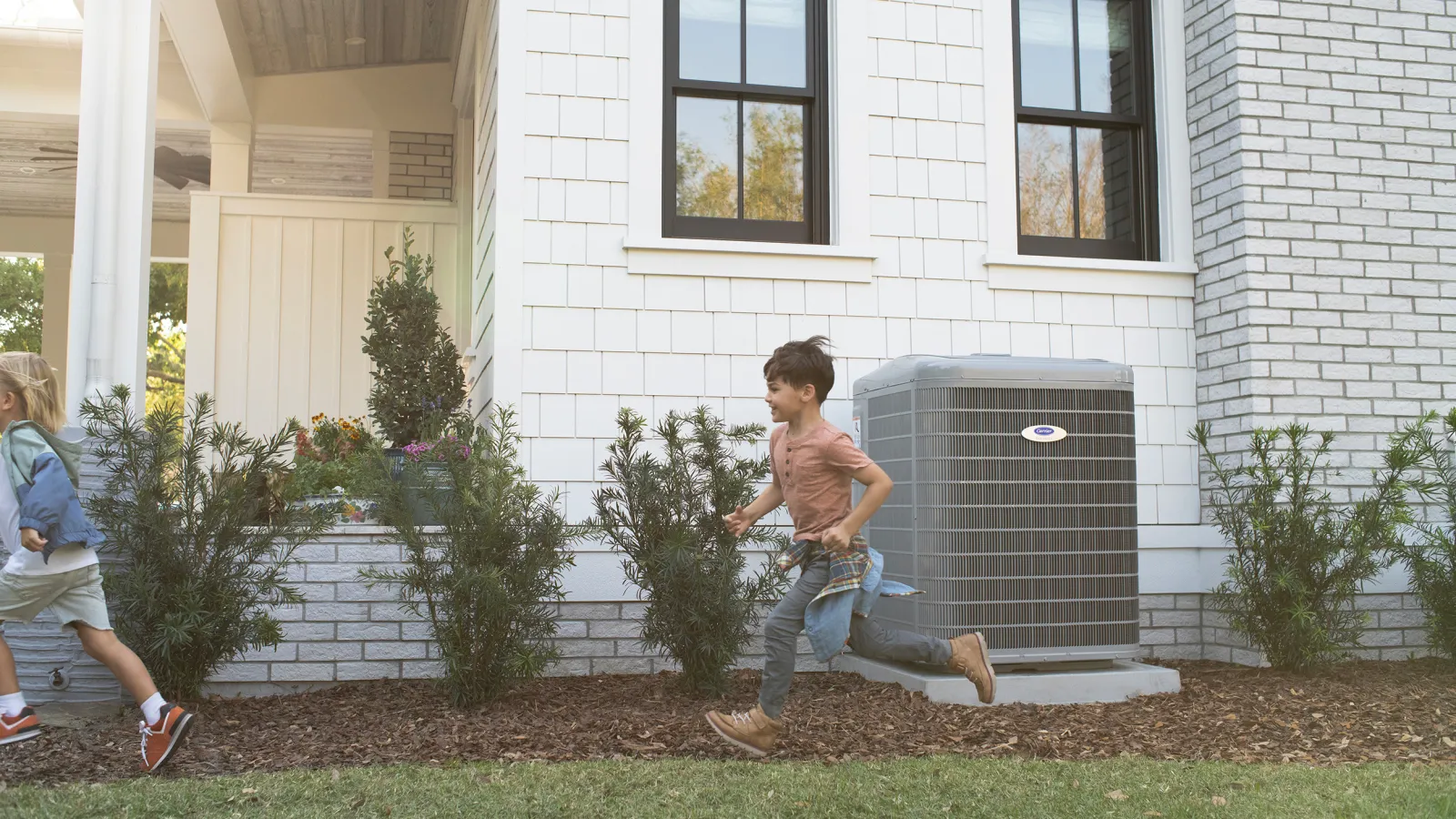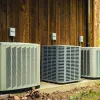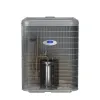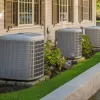Compressor failure. Corroded evaporator coil. Mounting repair costs. For one reason or another, everyone eventually replaces their air conditioner.
But if only your outdoor unit fails, why do you usually have to replace the entire system (or vice versa)? Many clients are surprised to learn that they can’t just replace the outdoor or indoor unit and call it a day. And we get it. It feels like you’re throwing the baby out with the bathwater.
There are two primary reasons why most air conditioner replacements require you to start over with a complete system: new energy efficiency and environmental standards.
Need help selecting a new air conditioner that meets your needs and budget? PV Heating, Cooling & Plumbing can help! Our team serves communities across Metro Atlanta.
Indoor and outdoor coils need to “match.”
Before we get into the new standards that govern residential HVAC options, it’s important to understand matching. Before pairing indoor and outdoor coils, you’ve got to make sure they’re compatible according to Air Conditioning, Heating, and Refrigeration Institute (AHRI) matchups.
If you don’t do that, you’re going to end up with a lot of problems:
- Inefficient operation
- Astronomical operating costs
- Reduced comfort
- Premature (or even immediate) system failure
All of the above is possible – and even likely – when outdoor and indoor coils don’t match per AHRI.
One unit will be new, and one will be old. It’s like trying to connect a 90s-era computer monitor to a brand-new PC or, in extreme cases, trying to use a PlayStation controller with your Xbox.
It’ll never work, and something is probably going to break.
SEER isn’t what it used to be.
And that’s a good thing… sort of.
One reason we usually can’t replace only an outdoor or indoor unit is because neither coil is compatible with the one that meets today’s minimum Seasonal Energy Efficiency Ratio, or SEER. This issue occurs all the time with older systems.
In 2016, the minimum SEER was 14. If your outdoor coil fails, you have to replace it with a unit that’s at least 14 SEER. If your old indoor coil isn’t compatible with any of the new 14+ SEER units, you have to replace both.
The good news is that you’ll end up with a much more efficient system than the one you’re replacing! The bad news is that you have to replace the whole thing when one component fails.
R-22 Freon isn’t available for new systems.
As of 2010, new environmental standards forbid new air conditioners from using R-22, or “Freon” refrigerant. If you still have an old one that uses R-22, that’s fine. An HVAC technician can still fix a refrigerant leak and add R-22 to your system (for now).
But if you’re replacing an indoor or outdoor unit that used R-22, your new unit will use R-410A refrigerant, sometimes referred to as “Puron,” which is Carrier’s trademark for it. Unlike R-22 refrigerant, R-410A does not contribute to ozone depletion. That’s the primary reason the new requirements exist. It’s also more efficient, so operating costs are a bit less for most homeowners.
The downside? New compressors using R-410A refrigerant will not be compatible with indoor units paired with outdoor coils using R-22. If you have to replace one, you have to replace both.
The silver lining: Your new A/C will probably work a whole lot better than your old one.
So, you’ve got to replace your whole system even though only the outdoor or indoor coil is shot. We know. It’s inconvenient.
On the other hand, your new air conditioner will probably be light years ahead of your old one in terms of efficiency. And if you opt for two-speed or variable-speed compressors, which probably weren’t widely available the last time you replaced your A/C, the comfort gains will blow you away.
In the end, you end up with a much better air conditioner. Even if you could replace just the outdoor or indoor unit (you usually can’t), the long-term benefits of complete A/C replacement are worth it.






